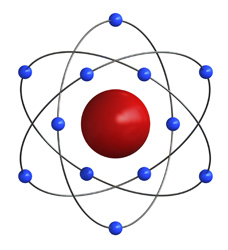Recreating low-energy molecular collisions
Technological advances in scientific instrumentation now make it possible to watch molecular interactions in real time. Ultrashort laser pulses provide the unprecedented opportunity to view nuclear and electron motion as well as the dynamics of charge transfer (CT) processes during molecular collisions. The use of computational models in a cyclical feedback fashion together with observational techniques provides greater predictive power and efficient testing of hypotheses, speeding the discovery process through targeted experimentation and theory development. The EU-funded project 'Ultrafast charge transfer in ion-atom collision investigated by molecular quantum dynamics methods' (DYNAMICOL) has produced the relevant theoretical descriptions. Scientists developed wavepacket propagation techniques combining quantum chemical and quantum mechanical methodologies to describe fundamental processes in ion–atom/molecule collision systems. The techniques were applied to two systems of practical relevance involving collisions of carbon ions, one with hydrogen and helium atoms relevant to interstellar phenomena and one with the RNA base uracil relevant to radiation damage in biological systems. Models were simple enough to have low computational loads, yet detailed enough to reproduce experimental observations. DYNAMICOL combined experimental low-energy collision data with time-dependent wavepacket simulations to provide detailed insight into the ultrafast dynamics of CT phenomena. Outcomes are expected to have important impact on fields from medicine to chemistry to nanotechnology.

